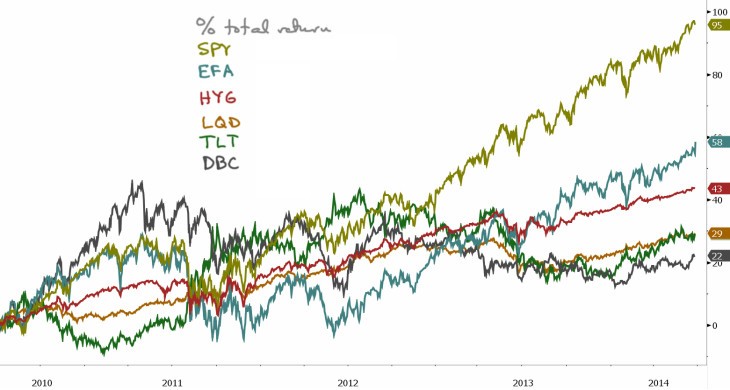The research puzzle a blog by tom brakke
Post on: 16 Март, 2015 No Comment

Given the crosscurrents in investment theory these days and the challenges of investment practice asset owners are faced with a series of interesting issues and unanswered questions. While a few individual investors spend time wrestling with them (and a few more financial advisors), it is among those responsible for big pools of money where the scrum of ideas is most intense.
On the table these days are major principles that ought to make investors rethink (and either reconfirm or redo) their beliefs.the research puzzle | This earlier posting talks about the importance of investment beliefs and for a group of decision makers shared investment beliefs. Related to them are important implementation decisions, including the proper role for (and compensation to) intermediaries in the investment process.the research puzzle | The investment management industry has gotten a reputation for useless extraction.
For institutional investors, one big question is the degree to which the endowment model and its formative and derivative principles provide a proper framework for investment. A 2012 paper by Greycourt explored the contrasts in the Yale model versus the Norway model.The Prudent Fiduciary Digest | The Greycourt piece was the subject of the lead item in an edition of the digest for institutional investors that I publish periodically. More recently, Robert Maynard, chief investment officer of the Public Employee Retirement System of Idaho, published an article in the Journal of Investing entitled, Conventional Investing in a Complex World.Journal of Investing | Maynard is also an advisory board member of the Brandes Institute, which supplied this link to the article.
Maynards article contrasts the endowment model with the conventional approach that predated its popularity. He finds the former wanting in many respects, preferring simplicity to complexity, transparency to opacity, a focused portfolio over a scattered one, and a strategy that attempts to survive market volatility rather than actively fight it. His bottom line is that those who adopt the endowment model approach should be aware that they are entering a game where the odds are stacked heavily against them.
Why? The endowment model relies too heavily on a false sense of diversification, on too many strategies, on selecting exceptional managers where the odds are heavily against that exercise, and on an underlying view of the market that has been demonstrated to be severely compromised.
That demonstration, of course, occurred during the financial crisis, when the promise of the endowment model came face to face with the messy realities of markets. Maynard does a good job of walking through the key issues of theory and practice that have led him to his stance in praise of convention.
Along the way, Maynard comments on markets that are both far more turbulent and wild, and have longer stretches of calm than theory would suggest following Mandelbrot more than Markowitz in the short term and ending up with both fat tails and a high peak in histograms of returns relative to normal expectations. Sprinkled throughout the article are phrases that challenge the status quo of the investment world: the illusion of extra returns, the appearance of reward (that is, in fact, subject to devastation), and the allure of a phony diversification that doesnt even allow for the benefits that can be gained by simple rebalancing at the time it would do the most good.
Because of my interest and involvement in organizational decision making, I liked Maynards emphasis on the connections between beliefs, strategies, and organizational design: A complex investment world does not require a complex response, either in the nature of the investment organization or the particular investment strategies chosen. While the markets might be a complex, interactive, tightly coupled, and adaptive world, trying to make an investment organization in its image can result in one that is often more brittle, prone to cascading failure, and at best opaque to risk management, [with] liquidity, headline, resource, and continuity risks.
One does not have to agree with all of Maynards arguments to find his article worthwhile. And advocates of the endowment model will want to prepare rebuttals to it, point by point, since they are likely to be needing to make their arguments over and over again in the coming years.
For such is the debate that asset owners must entertain now. It is not necessarily a winner-take-all contest, since attributes of the conventional model and the endowment model are bound to be mixed and matched in new ways. But for those with fiduciary responsibilities, the core questions must be addressed carefully and clearly. The times demand it.














